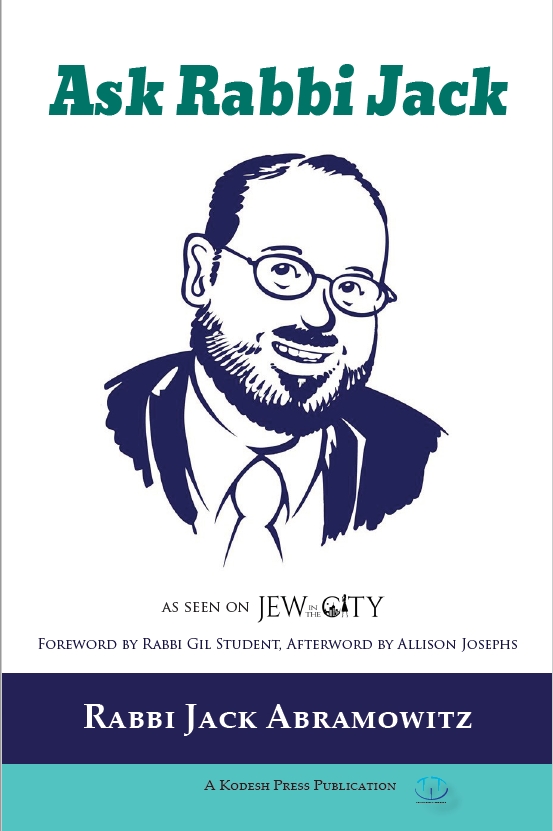Questions on Nach: Who is Moav, Didn't Assyria Already Attack and Is a Phoenix Real?
Q. Hi. Just wondering, who is the modern Moav?
A. Thanks for your question, which was forwarded to my attention.
In short, we don't know who Moav is today. At the end of Melachim Beis, we are told how the Assyrians took the peoples they conquered and shuffled them around. (This was done in order to reduce the motivation to rebel.) This is how ten Tribes became "lost" – they got mixed around with other nations. Accordingly, we can't identify Moav or Ammon.
You can read a little more about this here: 561. Brotherly Hate: The prohibition against Ammon and Moab marrying in - Taryag - OU Torah
----------------------------------------------
Q. I don't understand the chapters [in Sefer Yeshaya - the Book of Isaiah] about Assyria. Didn't those events already happen? Why is Yeshaya prophesizing about them? Could you please explain?
A. Thanks for your message, which was forwarded to my attention. I can understand your question two ways, so I'll address both of them.
Didn't those events already happen in history? Yes, but while they're in our past, they were still in Yeshaya's future.
Didn't those events already happen in the Navi? Yes, at the end of Sefer Melachim Beis, but Sefer Yeshayahu takes place concurrently with Sefer Melachim. A lot of the same stories are retold from a different perspective. So, while Tanach has largely been in chronological order thus far, with the books of Neviim Acharonim this ceases to be the case.
I hope this helps!
----------------------------------------------------
Q. Why are Korachites’ Tehillim included in David’s?
A. Thanks for your question. David was one of ten authors of the Psalms. While David was by far the biggest contributor to the book, he adapted works by a number of righteous predecessors and contemporaries and included these as well. (The sons of Korach rejected their father's rebellion and didn't follow in his ways.)
-----------------------------------------------------
Q. Rabbi Abramowitz says that the “chol” [in Sefer Iyov, the Book of Job, generally translated as “phoenix”] is a mythological creature, however, according to Rashi, it doesn't seem mythical (Iyov perek 29 pasuk 18). Rashi writes that it did not eat from the Eitz Hadaas and so will not die.
A. Rashi is citing a Midrash. The Midrash is not a history book; many (probably most) midrashim are intended allegorically, for the moral lessons they impart.
Q. I guess in [name of school redacted] we were taught to accept midrashim as real events.
A. It's hard to do that when so many midrashim overtly contradict. For example, according to one Midrash, Og tried to kill Avraham; according to another, Og was Eliezer, Avraham's trusted servant. Similarly, one midrash has Adam HaRishon being a vegetarian, while another has malachim roasting meat for him in Gan Eden. Rabbeinu Avraham ben HaRambam has a famous letter in which he writes about discriminating between midrashim with literal intent and those with allegorical intent. [See more on this topic here: Midrashim: Don’t Be So Literal - OU Life]
Q. Oh, for the innocence of childhood!
Rabbi Jack's book Ask Rabbi Jack is available from Kodesh Press and on Amazon.com.

